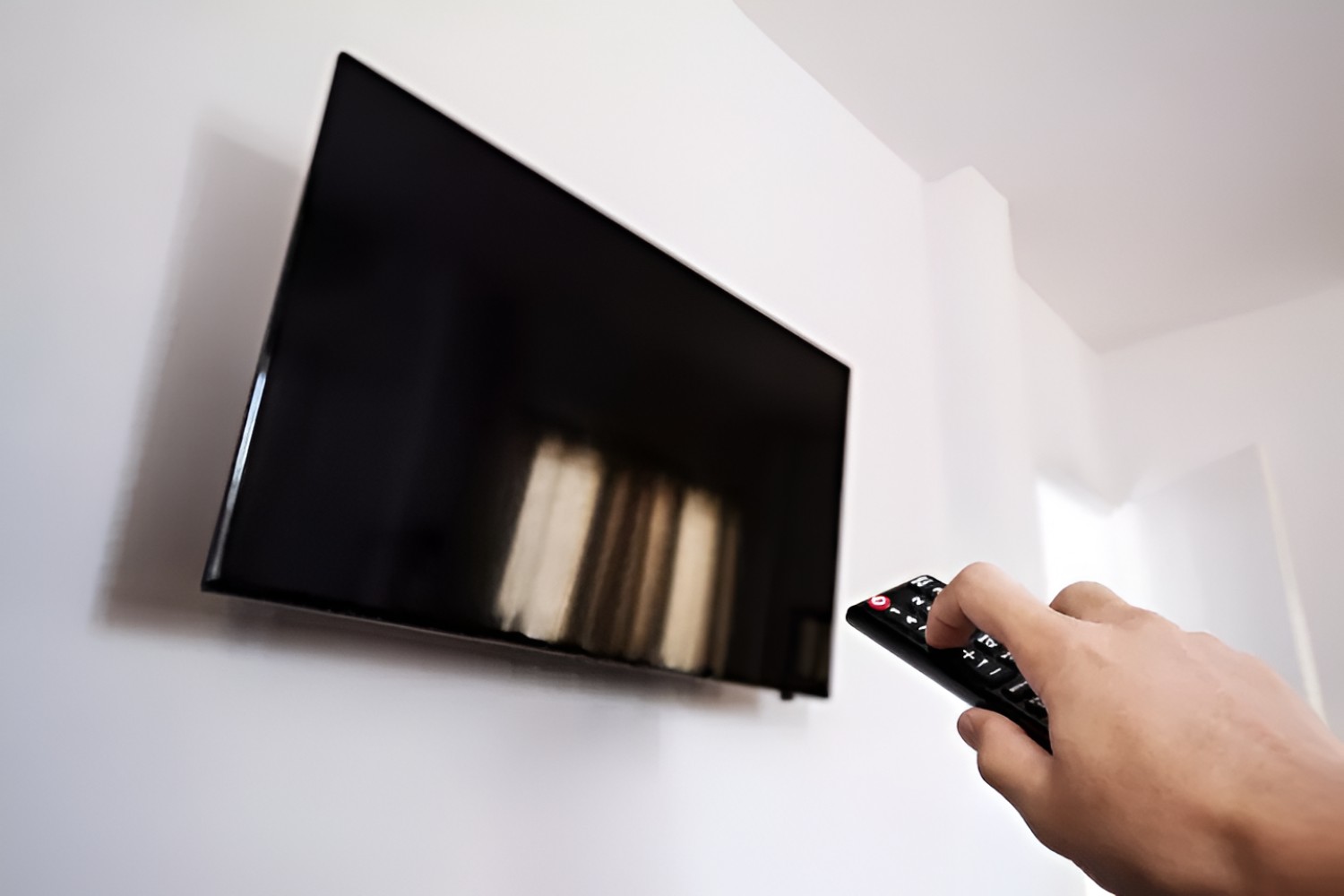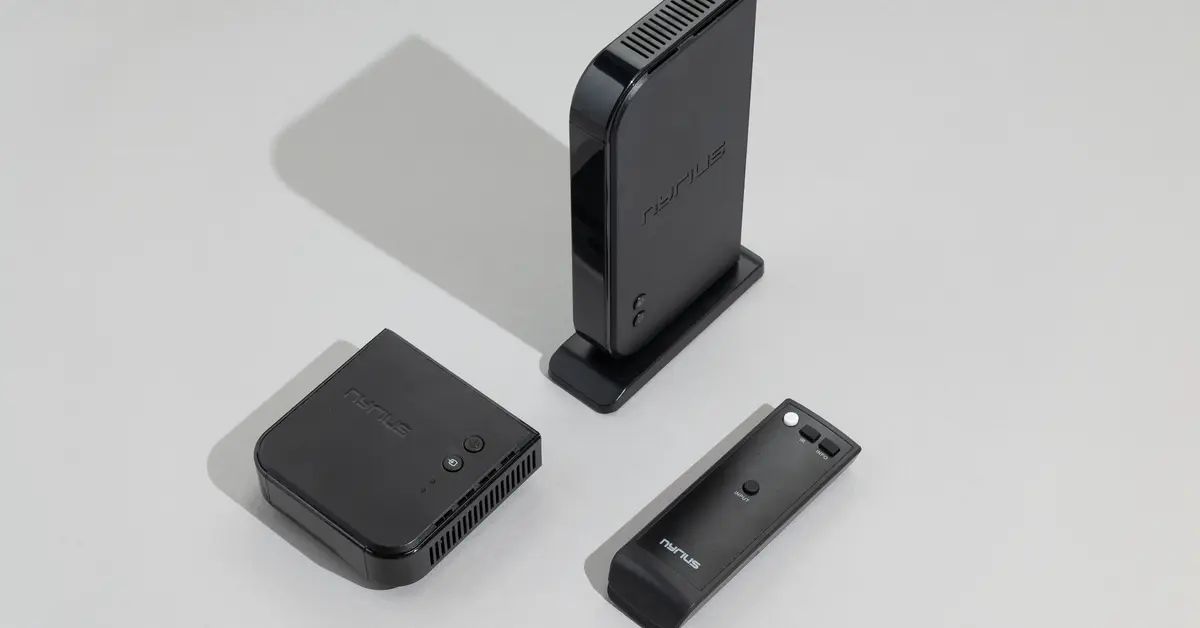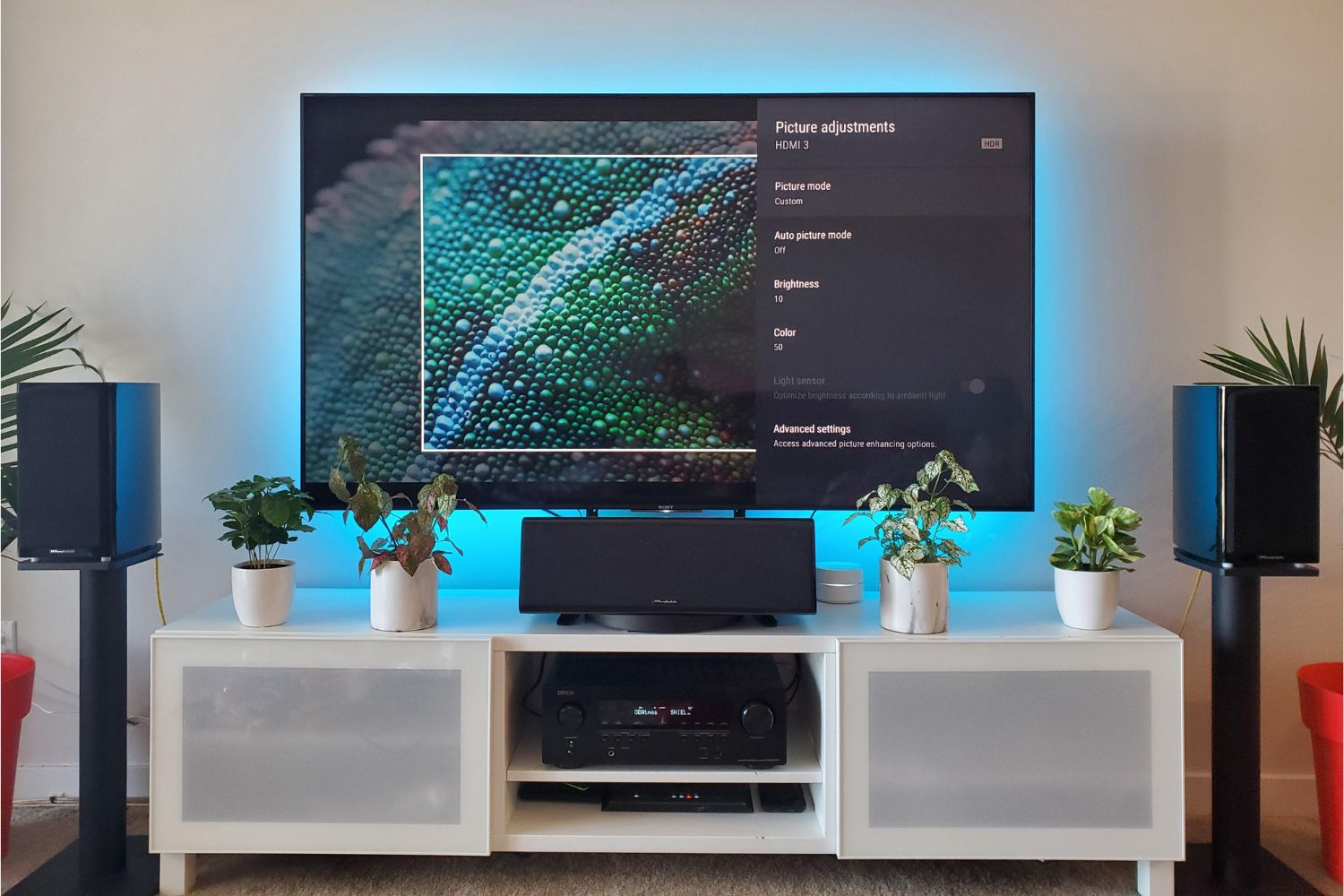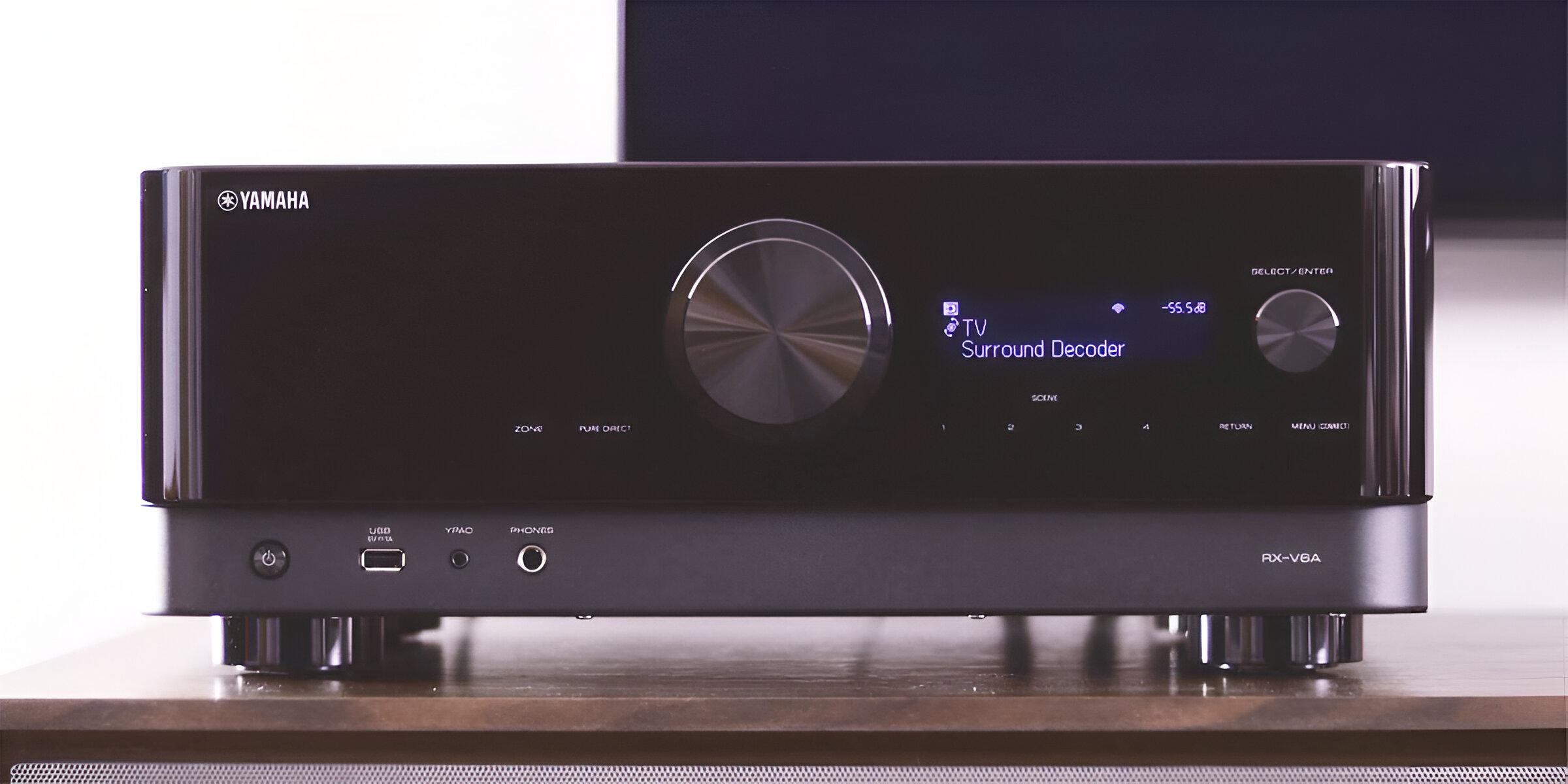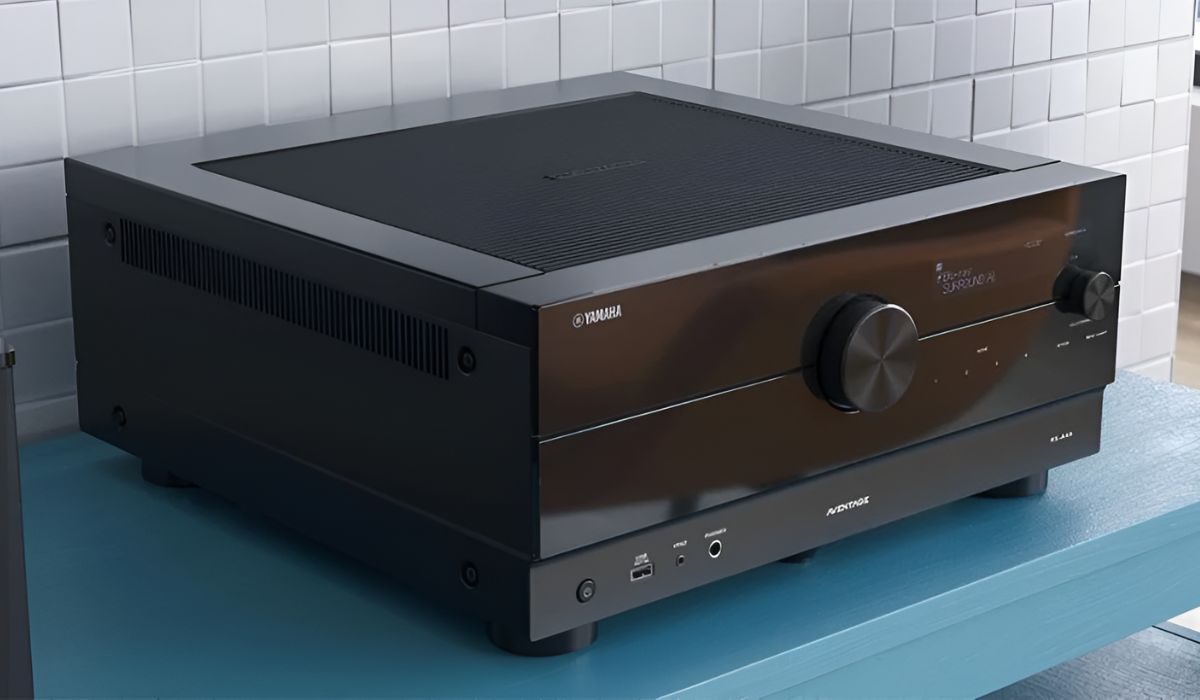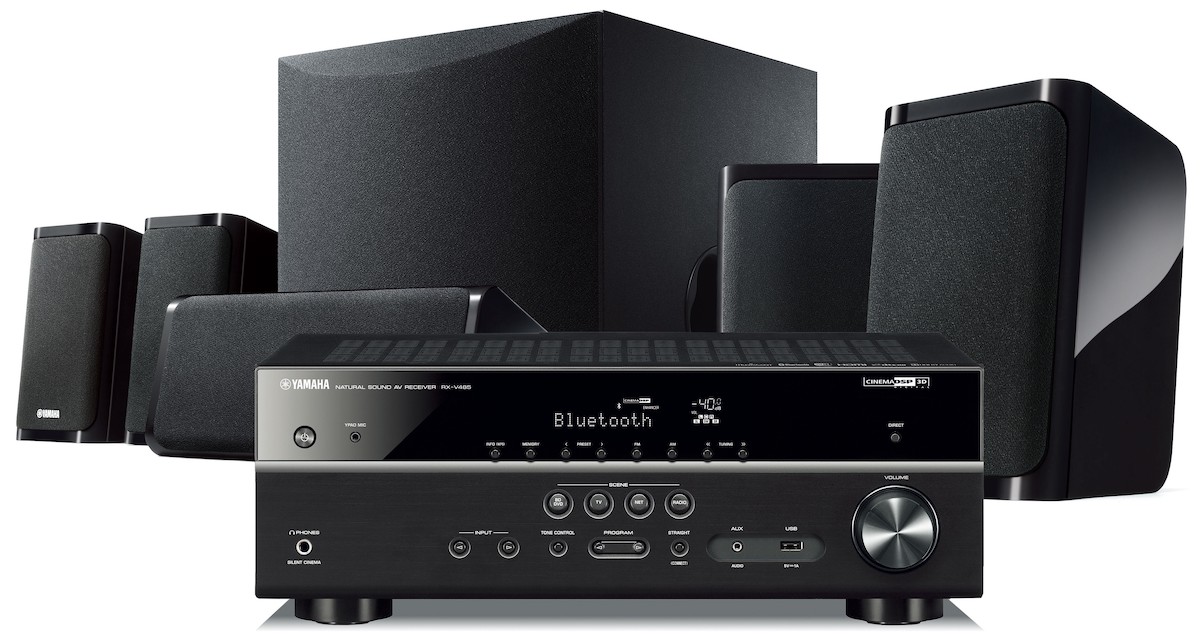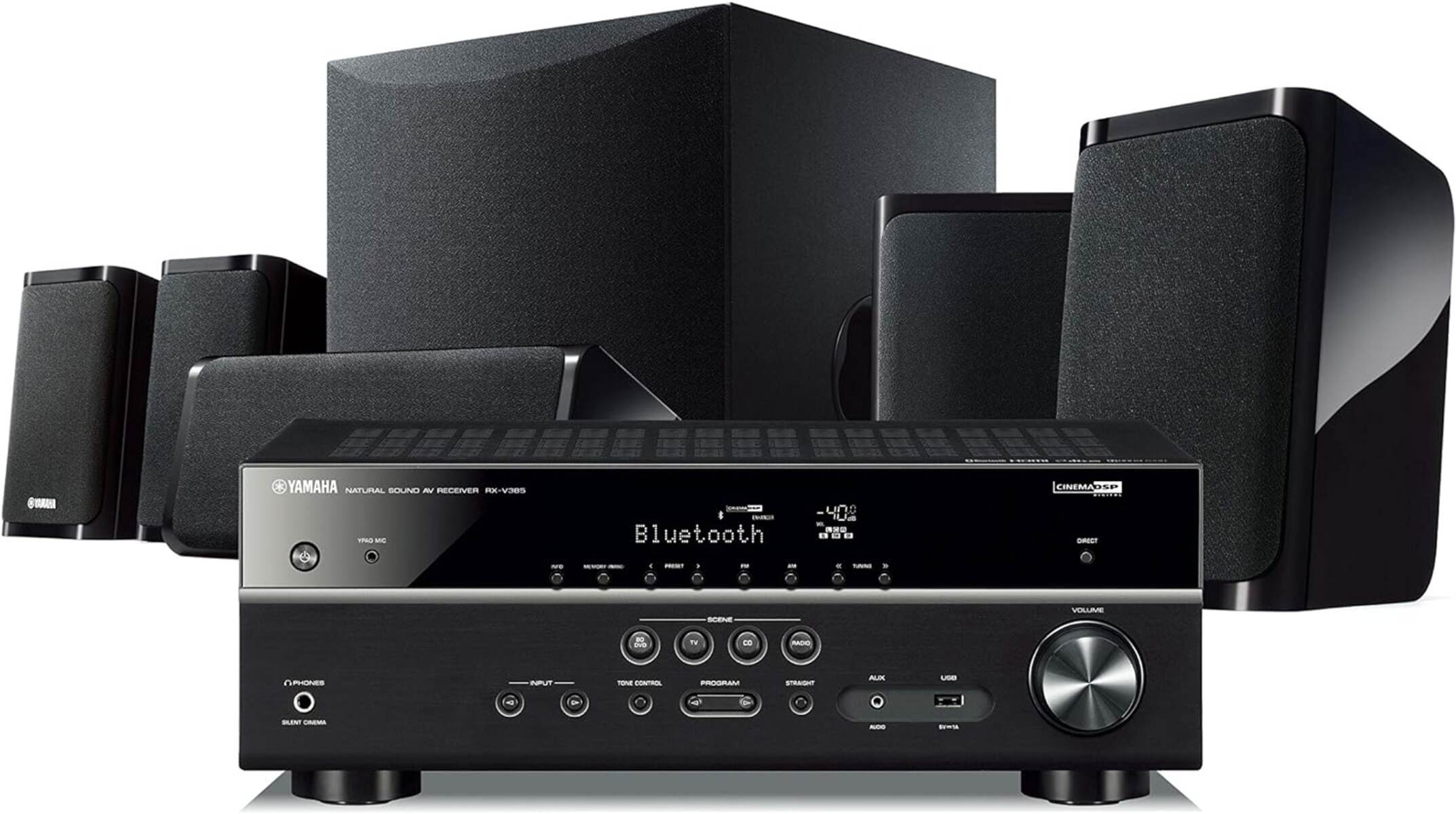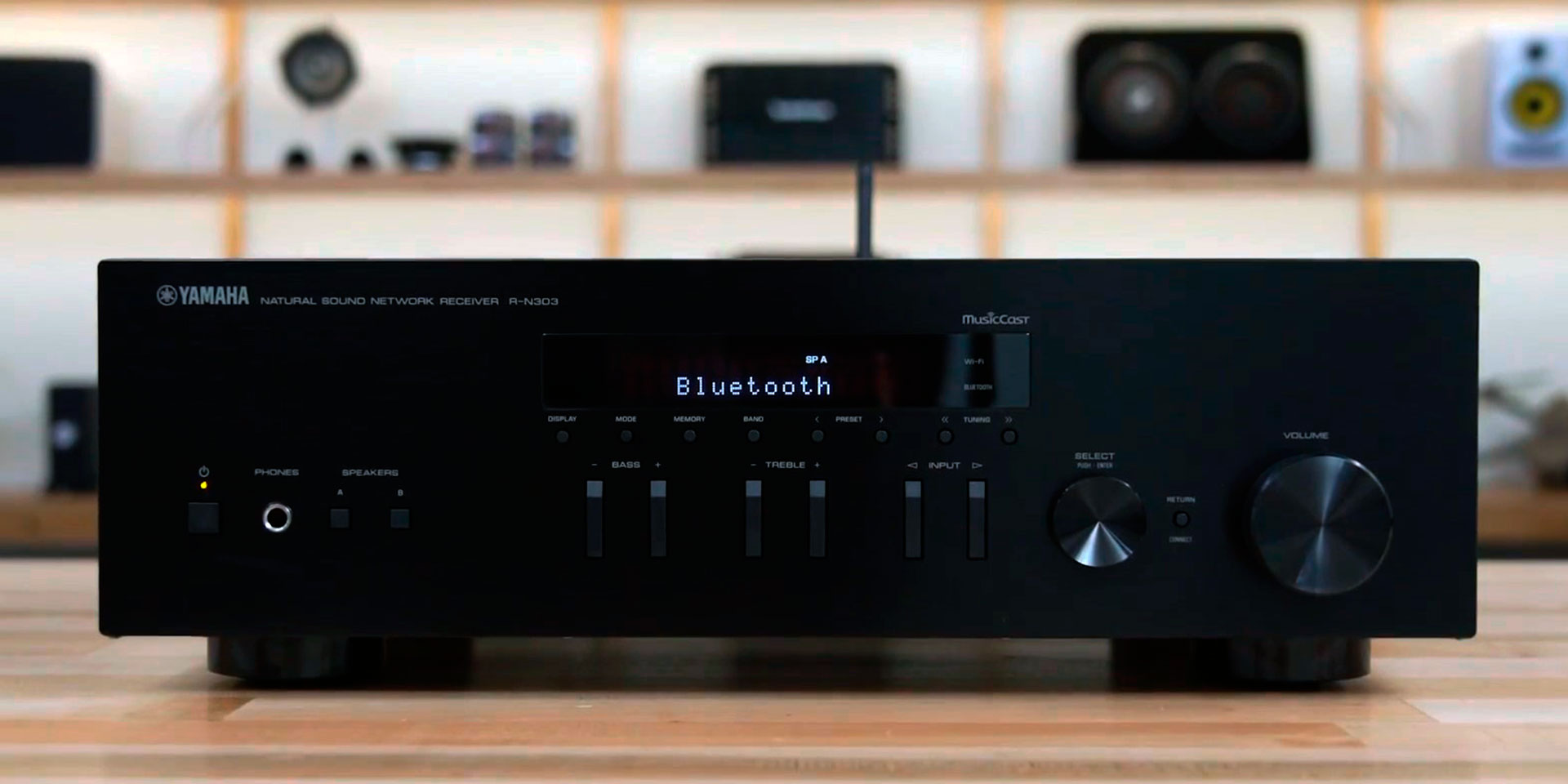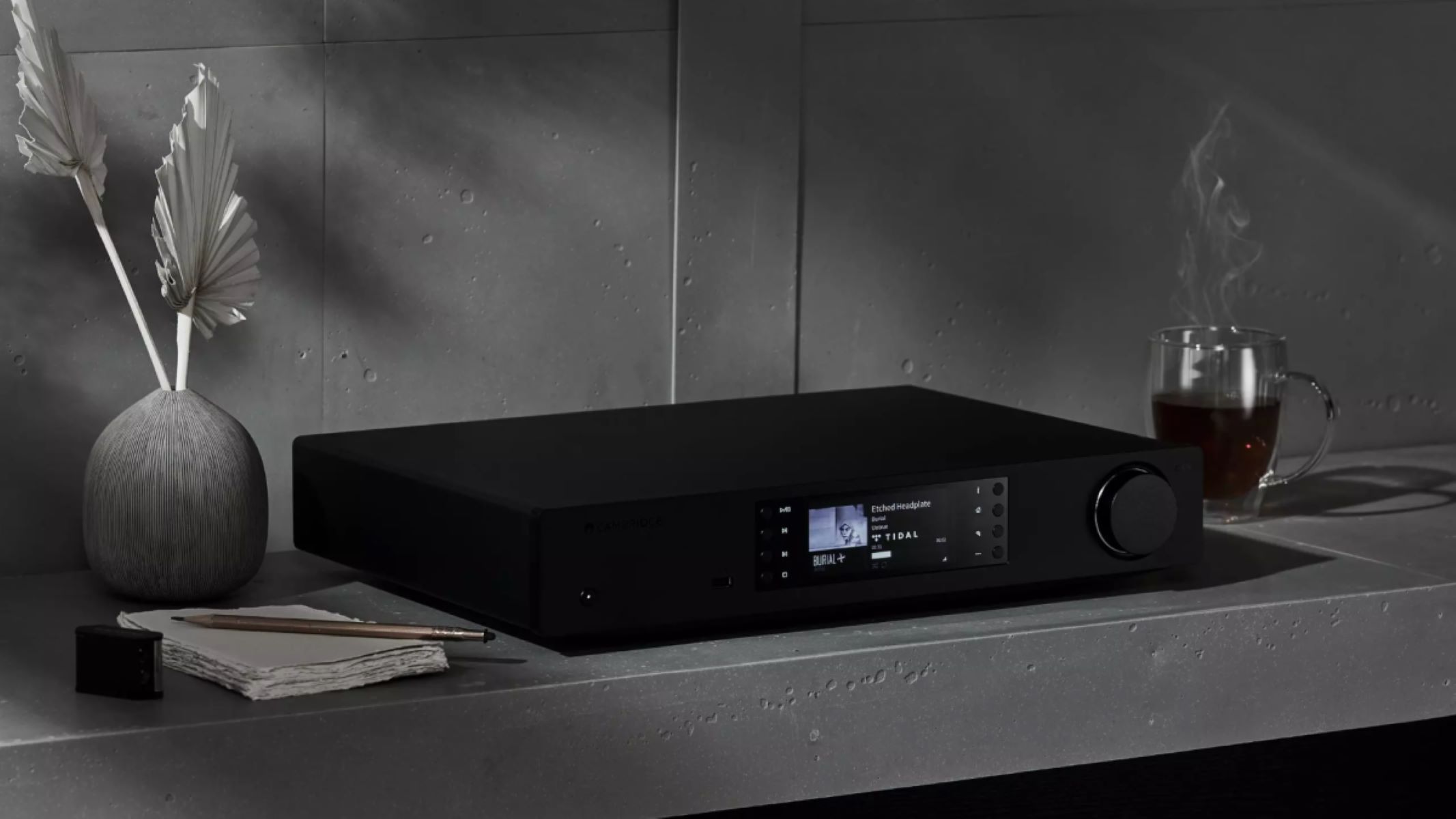Introduction
When enjoying the immersive experience of a home theater system, the last thing anyone wants is for the screen to suddenly go black. This disconcerting occurrence can be particularly frustrating when it happens repeatedly, interrupting the viewing pleasure. If you've encountered this issue with your Samsung TV while navigating the menu of your Yamaha AV receiver, you're not alone. Understanding the root cause of this perplexing problem and exploring potential solutions can help you regain control over your home entertainment setup.
The Yamaha AV receiver serves as the central hub for audio and video signals in your home theater system, providing seamless connectivity between various devices such as Blu-ray players, gaming consoles, and cable boxes. Meanwhile, your Samsung TV is the visual centerpiece, displaying stunning images and vibrant colors to bring your favorite movies, shows, and games to life. However, when you access the menu on your Yamaha AV receiver, the screen of your Samsung TV may intermittently go black for a few seconds, disrupting your viewing experience.
In this article, we will delve into the intricacies of the Yamaha AV receiver menu and the response of the Samsung TV, shedding light on why the menu navigation causes the TV screen to momentarily go black. By gaining a deeper understanding of the technical aspects at play, you will be better equipped to explore practical solutions to prevent this disruptive behavior. Let's embark on a journey to uncover the underlying reasons behind this perplexing phenomenon and discover effective strategies to mitigate it.
Understanding the Yamaha AV Receiver Menu
The menu system of a Yamaha AV receiver serves as a control center for managing audio and video settings, input sources, and various other configurations. This intuitive interface allows users to customize their home theater experience according to their preferences, ensuring optimal sound and visual performance.
When you access the menu on your Yamaha AV receiver, you enter a realm of technical intricacies that govern the behavior of your entire audiovisual setup. The menu provides a gateway to adjust audio parameters such as equalization, volume levels, and surround sound settings, enabling you to tailor the sound output to suit different types of content and personal preferences. Additionally, video settings such as resolution, color depth, and aspect ratio can be fine-tuned within the menu, ensuring that the visuals harmonize with the audio to deliver a captivating viewing experience.
Furthermore, the menu allows for seamless integration of external devices, such as gaming consoles and streaming media players, by providing a platform to manage input sources and signal routing. This functionality empowers users to effortlessly switch between various entertainment sources, enhancing the versatility of their home theater system.
It is important to note that when navigating the menu on the Yamaha AV receiver, the device communicates with the connected TV to convey information and settings adjustments. This interaction between the receiver and the TV is crucial for ensuring that the audio and video signals are synchronized and optimized for the best possible performance.
By comprehending the intricate capabilities of the Yamaha AV receiver menu, you can appreciate the pivotal role it plays in orchestrating the seamless operation of your home theater system. However, this deeper understanding also sets the stage for unraveling the mystery of why the Samsung TV screen momentarily goes black when interacting with the AV receiver's menu, a phenomenon we will explore in the subsequent sections.
Understanding the Samsung TV’s Response
As the visual centerpiece of your home entertainment setup, your Samsung TV is designed to deliver stunning visuals with seamless connectivity to external devices. When the Yamaha AV receiver menu is accessed, the TV responds to the incoming signals and commands from the receiver, initiating a series of processes to accommodate the requested changes and maintain a cohesive audiovisual experience.
Upon receiving instructions from the AV receiver, the Samsung TV undergoes a synchronization process to ensure that the audio and video signals remain harmonized. This synchronization is essential for maintaining the integrity of the audiovisual output, especially when adjustments are made to the audio settings or input sources via the receiver’s menu.
Furthermore, the Samsung TV’s response to the AV receiver’s menu navigation involves a temporary interruption in the display output. This momentary interruption, often manifesting as a brief black screen, is a result of the TV reconfiguring its display settings to accommodate the changes initiated by the AV receiver. During this process, the TV may briefly pause its visual output to re-establish the connection with the receiver and implement the requested modifications seamlessly.
It is important to recognize that the Samsung TV’s response to the AV receiver’s menu navigation is a dynamic interplay of communication and synchronization, aimed at ensuring that the audiovisual experience remains cohesive and optimized. While the temporary black screen may initially seem disruptive, it is a testament to the intricate coordination between the TV and the AV receiver, working in tandem to deliver a seamless and immersive home theater experience.
By understanding the nuanced response of the Samsung TV to the commands from the AV receiver’s menu, we gain insight into the technical intricacies that underpin the interaction between these essential components of the home entertainment system. This understanding serves as a foundation for unraveling the reasons behind the momentary black screen and exploring potential solutions to mitigate its impact on the viewing experience.
Why the Yamaha AV Receiver Menu Causes the Samsung TV to Go Black
The temporary black screen experienced on the Samsung TV when navigating the menu on the Yamaha AV receiver can be attributed to the intricate communication and synchronization processes between these two pivotal components of the home entertainment system. When the menu on the AV receiver is accessed, a series of technical exchanges and adjustments are initiated, leading to the momentary interruption in the TV’s display output.
One of the primary reasons for the temporary black screen is the synchronization process between the AV receiver and the TV. As the receiver’s menu settings are adjusted, the TV responds by reconfiguring its display parameters to align with the changes initiated by the receiver. This synchronization ensures that the audio and video signals remain harmonized, optimizing the overall viewing experience.
Additionally, the momentary interruption in the TV’s display output serves as a transitional phase during which the TV adapts to the new settings communicated by the AV receiver. This transitional phase allows the TV to seamlessly implement the changes without compromising the coherence of the audiovisual output, thereby maintaining the integrity of the home theater experience.
Moreover, the temporary black screen can also be attributed to the intricacies of signal processing and signal handshaking between the AV receiver and the TV. As the receiver’s menu is accessed, signal protocols and data exchanges occur between the devices, necessitating a brief interruption in the display output as the devices negotiate and synchronize the incoming information.
It is important to recognize that the momentary black screen, while initially disruptive, is a result of the intricate coordination and synchronization processes aimed at optimizing the audiovisual output. By understanding the underlying technical intricacies that lead to this phenomenon, users can gain a deeper appreciation for the seamless integration and communication between the Yamaha AV receiver and the Samsung TV, ultimately enhancing their home theater experience.
Solutions to Prevent the Samsung TV from Going Black
While the momentary black screen experienced on the Samsung TV during menu navigation on the Yamaha AV receiver is a natural consequence of the synchronization and signal processing between the two devices, there are practical solutions to mitigate or prevent this temporary interruption in the viewing experience.
One effective solution is to enable the “HDMI CEC” (Consumer Electronics Control) feature on both the Yamaha AV receiver and the Samsung TV. HDMI CEC allows for seamless communication between HDMI-connected devices, enabling them to control each other and synchronize their operations. By activating this feature, the AV receiver and the TV can coordinate their actions more efficiently, potentially reducing the duration of the black screen during menu navigation.
Another approach to minimize the impact of the momentary black screen is to ensure that both the AV receiver and the TV are running the latest firmware or software updates. Manufacturers often release updates that optimize the compatibility and performance of their devices, addressing potential issues such as signal synchronization and display interruptions. By keeping the firmware up to date, users can benefit from enhanced stability and improved communication between the AV receiver and the TV.
Furthermore, adjusting the display and synchronization settings on the Samsung TV and the Yamaha AV receiver can help optimize their interaction and reduce the occurrence of the momentary black screen. Fine-tuning the HDMI settings, display refresh rates, and signal processing parameters can contribute to a smoother and more seamless transition during menu navigation, minimizing the impact on the viewing experience.
For users seeking a more immediate solution, exploring the menu navigation options on the Yamaha AV receiver to streamline the user interface and minimize the frequency of menu access can be beneficial. By organizing and customizing the menu settings to align with personal preferences and usage patterns, users can reduce the need for frequent menu navigation, potentially mitigating the occurrence of the temporary black screen on the Samsung TV.
Ultimately, by implementing these practical solutions and optimizing the settings and communication between the Yamaha AV receiver and the Samsung TV, users can minimize the impact of the momentary black screen during menu navigation, enhancing the overall stability and coherence of their home theater experience.
Conclusion
As we navigate the intricacies of the Yamaha AV receiver menu and the response of the Samsung TV, we gain valuable insights into the technical dynamics that underpin the interaction between these essential components of the home entertainment system. The momentary black screen experienced on the TV during menu navigation is a natural consequence of the synchronization and signal processing between the AV receiver and the TV, reflecting the seamless coordination required to optimize the audiovisual output.
By understanding the reasons behind this phenomenon, users can explore practical solutions to mitigate its impact and enhance the stability of their home theater experience. Enabling HDMI CEC, ensuring firmware updates, and fine-tuning display and synchronization settings are effective strategies to minimize the occurrence of the temporary black screen, fostering a more seamless and uninterrupted viewing experience.
Furthermore, the collaborative nature of the Yamaha AV receiver and the Samsung TV, as evidenced by their dynamic communication and synchronization, underscores the harmonious integration of audio and video technologies in modern home entertainment setups. This synergy, while occasionally manifesting as a brief interruption, ultimately contributes to the immersive and cohesive audiovisual experiences enjoyed by users.
As technology continues to evolve, the ongoing refinement of communication protocols and synchronization mechanisms between AV receivers and TVs holds the promise of further enhancing the seamlessness of home theater systems. By staying informed about firmware updates, feature enhancements, and best practices for optimizing device interactions, users can look forward to even more streamlined and immersive audiovisual experiences in the future.
In the ever-evolving landscape of home entertainment, the understanding and appreciation of the nuanced interactions between devices empower users to curate personalized and captivating audiovisual environments, where the occasional momentary interruption serves as a testament to the intricate coordination and synchronization that underpin the magic of home theater experiences.







